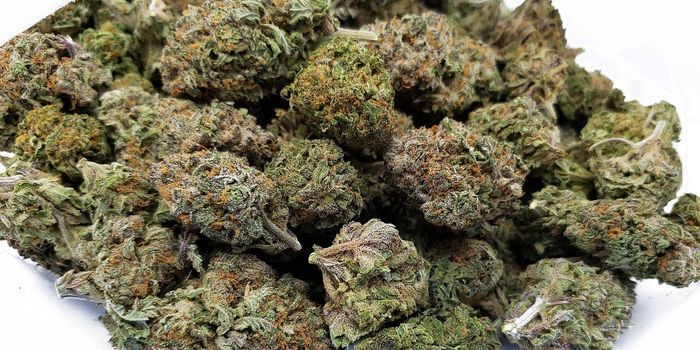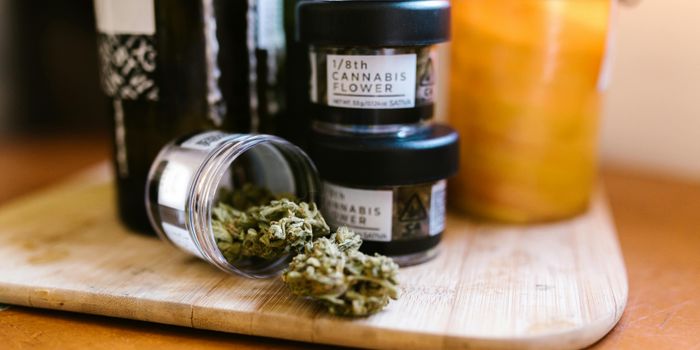Drones Prove Less Intrusive to Koalas Than Traditional Population Monitoring Techniques
Animal conservation can be a challenging endeavor, and that’s why conservationists are always searching for new and innovative ways to streamline their work in the field. Contemporary advances in technology are making that possible, and perhaps one of the best examples of this in recent memory is the use of drones for monitoring animal populations from the sky.
Image Credit: Pixabay
Researchers from the Queensland University of Technology recently set out to see how effective drones would be as a means of detecting koala populations, and they were astonished to find that drones were both more effective and less intrusive than traditional population monitoring techniques. The findings are now published in the journal Scientific Reports.
The researchers used a specialized drone that was equipped with an infrared camera; this enabled the researchers to detect a koala’s heat signature despite being cloaked by dense eucalyptus tree cover. The latter is a factor that often makes detecting koalas in the wild somewhat problematic.
“Nobody else has really managed to get good results anywhere in the world in a habitat this complex and in these kinds of numbers,” explained Dr. Grant Hamilton, a co-author of the study. “A seal on a beach is a very different thing to a koala in a tree. This is not just somebody counting animals with a drone; we’ve managed to do it in a very complex environment.”
Related: Australian zoo sees the first birth of a rare white koala
Any conservationist will tell you that managing wildlife populations effectively starts with precise population information, and having a bird’s-eye view of what’s going on below provides a lot more flexibility than gathering data on foot would. More importantly, the drones enabled the researchers to complete population-seeking sweeps much more quickly and without disturbing the animals in their natural habitat.
Before conducting their experiment, the researchers had access to pre-existing GPS tracking data, which allowed them to compare their drone-centric results to a tried-and-true method used by tracking experts and gauge the modern technique’s accuracy.
After the drone swept the test area, the researchers devised an algorithm to distinguish koalas heat signatures from those of other animals. Upon analyzing their results, the researchers found that the infrared-equipped drone was more effective at spotting koalas than an expert koala spotter would be.
“On average, an expert koala spotter is going to get about 70% of koalas in a particular area. We, on average, get around 86%,” Dr. Hamilton said. “That’s a substantial increase in accuracy that we need to help protect threatened species.”
Related: WWF reports first increase in wild tiger numbers in 'decades'
In addition to being more accurate, the researchers also found other strengths to using drones for monitoring populations: cost and speed. Employing the drone to do something that a person would do was significantly cheaper; moreover, the drone can tackle the project in a couple of hours compared to a full day on foot.
But drones can’t replace people in every aspect of animal population monitoring, because some terrains are too complex for drones and this has implications for their use when investigating certain types of animals. That said, the researchers recognize that there are pros and cons to both methods, and that utilizing both techniques in the field can be advantageous to conservation efforts around the globe.
At the time of this writing, the testing ground was particularly limited, but the researchers intend to test the drone method in other landscapes to see if the results align with those from this particular study. It should be interesting to see the results.
Source: QUT, Scientific Reports










